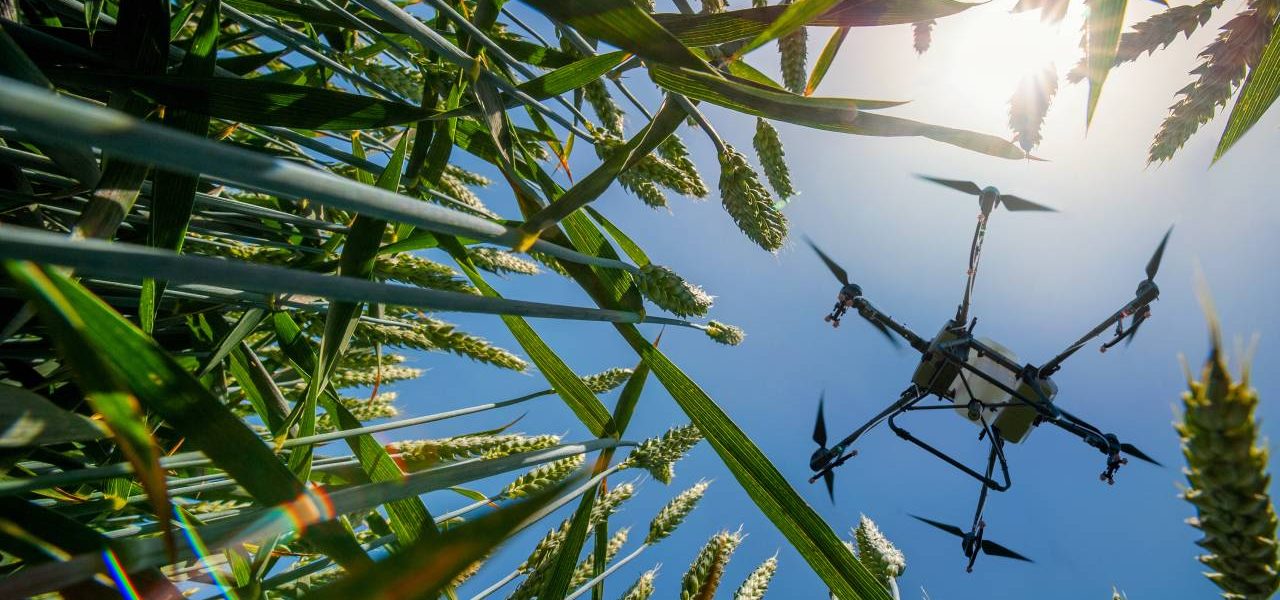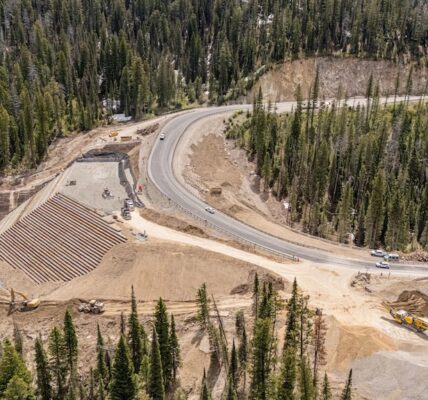Agricultural drones have revolutionized modern farming practices by providing a bird’s-eye view of fields and enabling precision agriculture. From optimizing crop monitoring and reducing labor costs to enhancing data collection and improving yield forecasts, these tools have a range of benefits.
However, for all their bonuses and benefits, there are serious challenges that come along with them. If you want to take on a balanced perspective before you make a purchase, let’s review the pros and cons of using agricultural drones in your farming operations.
Pro: Crop Health Analysis
Equipped with advanced sensors and imaging technologies, these drones can capture high-resolution images and multispectral data. Simply put, multispectral data are images captured within a specific wavelength range, such as infrared.
This data provides invaluable insights into plant health, soil conditions, and pest infestations. Through detailed analysis, farmers can identify areas of stress, such as nutrient deficiencies or disease outbreaks, enabling early detection and prevention.
Con: Operational Skills
Drones require a certain level of expertise to operate. Farmers must be proficient in drone piloting, data interpretation, and troubleshooting potential technical issues to get the most out of a drone.
This learning curve may initially offset the convenience and efficiency that drones promise, particularly for small-scale farmers or those with limited technological experience. This means that, among the many things to consider before purchasing a drone, ease of use will be important to keep in mind.
Pro: Time and Cost Savings
One of the most compelling advantages of agricultural drones is their ability to save farmers time and money. Traditional methods of field inspection and crop monitoring are labor-intensive and time-consuming, often requiring a considerable workforce to cover large areas.
Drones, on the other hand, can swiftly and efficiently survey large fields, capturing detailed data in a fraction of the time it would take a human crew. Additionally, by pinpointing precise areas that need attention, drones help reduce the wasteful application of fertilizers, pesticides, and water. This targeted approach not only conserves resources but also lowers operational costs, boosting overall profitability.
Con: Regulatory Compliance
Navigating the regulatory landscape for agricultural drones can be daunting for farmers. The Federal Aviation Administration has stringent guidelines for drone use, including registration requirements, flight restrictions, and operational safety standards.
You must be aware of evolving regulations, secure necessary permits, and ensure that your drone operations do not infringe on restricted airspace or privacy norms. Additionally, any breaches of these regulations can result in fines or legal repercussions, creating an added layer of risk.
While there are serious pros and cons to consider, agricultural drones present a transformative opportunity for the modern farmer. The good news is that as drone technology evolves and becomes more accessible, their increased use should foster more efficient farming operations.





